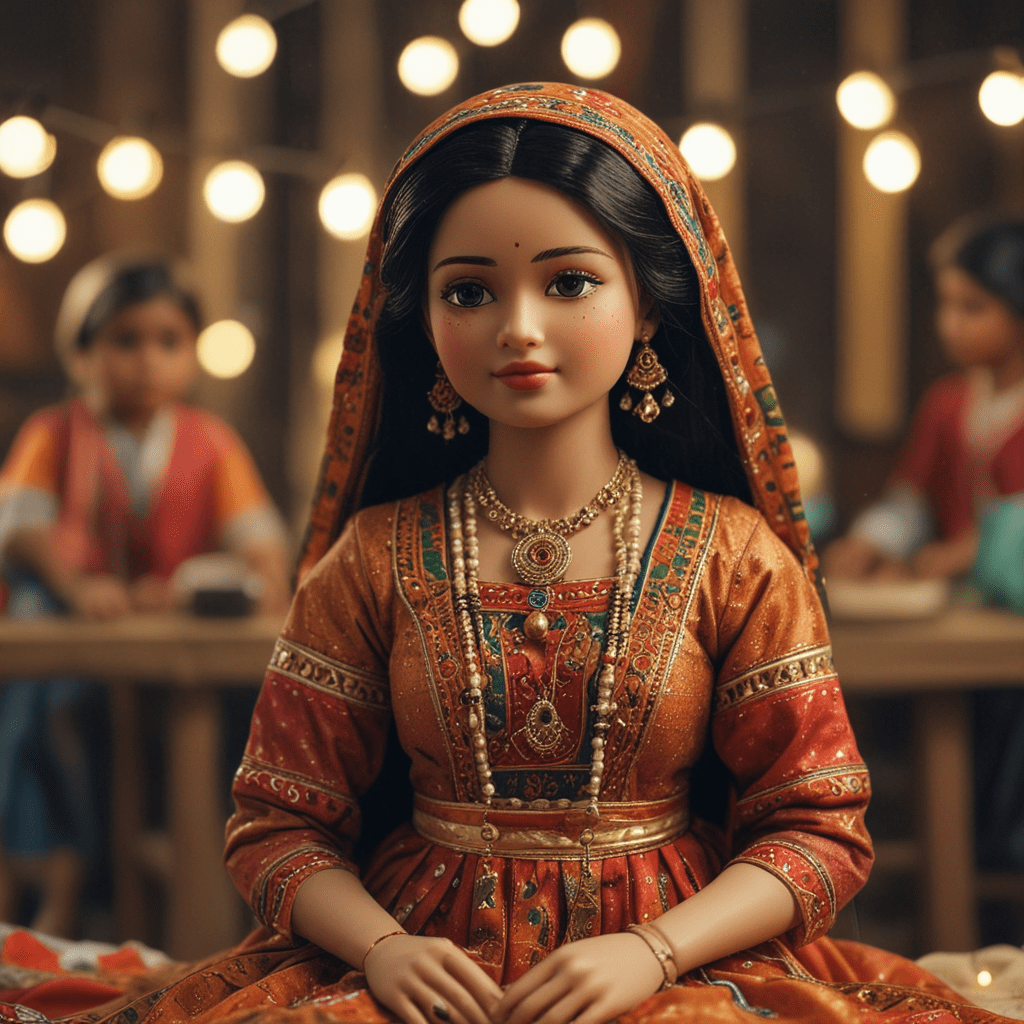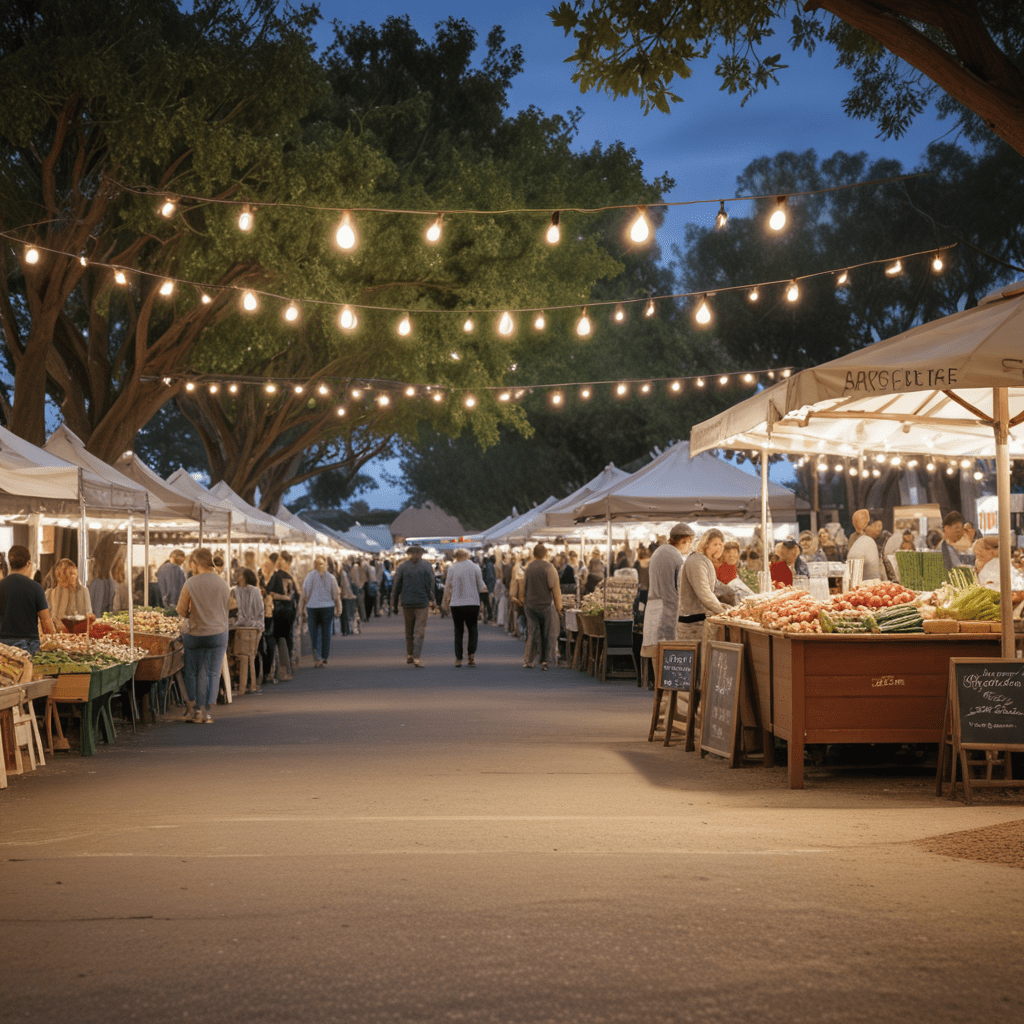
Introduction to Traditional Doll Making in Bangladesh
Bangladesh's traditional doll making is a vibrant and intricate art form deeply rooted in the country's cultural heritage. These handmade dolls embody centuries of craftsmanship, storytelling, and symbolic significance. From intricate ritual dolls to whimsical playthings, Bangladesh's traditional dolls reflect the country's diverse cultural tapestry and provide a glimpse into its rich artistic traditions.
Historical Origins and Cultural Significance
The origins of traditional doll making in Bangladesh can be traced back to ancient times. Dolls have played a significant role in various cultural and religious practices throughout history. Ritual dolls, often adorned with intricate designs and representing deities or mythological figures, have been used in religious ceremonies and festivals for centuries. Decorative dolls, showcasing the country's vibrant colors and motifs, have been cherished as household ornaments and treasured heirlooms. Playful dolls, crafted with simple materials and imbued with imagination, have provided joy and companionship to children for generations.
Materials and Techniques: Natural and Indigenous Resources
Traditional Bangladeshi dolls are crafted using locally sourced, natural materials. The primary materials include jute, bamboo, straw, clay, and cotton. The choice of materials varies depending on the purpose and region of the doll. Artisans employ skillful techniques passed down through generations to shape, mold, and decorate these dolls. Jute fibers are skillfully woven into intricate patterns, bamboo is carved to create delicate frames, and clay is molded into expressive faces and forms. The use of natural dyes derived from plants and minerals adds vibrant colors to the dolls, further enhancing their aesthetic appeal.
Types of Traditional Dolls: Ritual, Decorative, and Playful
The diverse range of traditional Bangladeshi dolls reflects the country's cultural diversity. Ritual dolls, crafted with elaborate attention to detail, are used in religious festivals and ceremonies. These dolls often depict deities, mythological characters, or specific cultural symbols and are believed to have spiritual significance. Decorative dolls, adorned with vibrant colors and intricate designs, are displayed in homes and workplaces, adding a touch of cultural charm to the surroundings. Playful dolls, with their whimsical designs and simple construction, provide entertainment and companionship to children, fostering their imagination and creativity.
Economic and Social Impact: Empowerment and Sustainability
Traditional doll making in Bangladesh not only contributes to the country's cultural heritage but also plays a significant socio-economic role. The industry provides employment opportunities for skilled artisans, particularly women, contributing to their financial empowerment and social independence. Moreover, the sale of traditional dolls generates revenue for local communities, promoting sustainable economic growth. By preserving and promoting traditional crafts, doll making helps maintain a connection to Bangladesh's cultural roots and fosters a sense of national identity.
Contemporary Adaptations and Modern Influences
While traditional doll making techniques and designs have remained largely unchanged for centuries, contemporary adaptations have emerged to cater to evolving tastes and preferences. Modern Bangladeshi dolls incorporate innovative materials and designs, blending traditional craftsmanship with contemporary aesthetics. The use of recycled materials and sustainable practices is becoming increasingly prevalent, reflecting the growing awareness of environmental conservation. These adaptations ensure that the art of traditional doll making remains relevant and continues to appeal to new generations.
Government Support and Recognition: Safeguarding Cultural Heritage
The Government of Bangladesh recognizes the importance of traditional doll making as a vital part of the country's cultural heritage. Various initiatives have been implemented to support and promote the art form. These initiatives include the establishment of training centers and workshops, providing financial assistance to artisans, and organizing cultural events that showcase traditional doll making skills. The government's recognition and support contribute to preserving and safeguarding this precious art form for future generations.
Educational Initiatives and Workshops: Passing on Traditions
To ensure the continuity of traditional doll making, educational initiatives and workshops play a crucial role. These programs provide training to aspiring artisans, passing on the skills and techniques that have been honed over generations. Educational institutions, cultural organizations, and community groups conduct workshops where participants learn the traditional methods of doll making. By passing on these traditions, the knowledge and skills associated with this art form are preserved and enriched for the future.
Conclusion: The Enduring Legacy of Traditional Doll Making
Traditional doll making in Bangladesh stands as a testament to the country's rich cultural heritage and artistic legacy. These handmade dolls, crafted with passion and skill, embody centuries of storytelling, symbolism, and craftsmanship. From ritualistic ceremonies to playful companions, Bangladeshi traditional dolls hold a special place in the hearts of people. Government support, educational initiatives, and contemporary adaptations ensure that this art form continues to thrive, connecting the past with the present and inspiring generations to come.
FAQs
1. What materials are traditionally used in Bangladeshi doll making?
Traditional Bangladeshi dolls are crafted using natural and indigenous materials, primarily jute, bamboo, straw, clay, and cotton.
2. What are the different types of traditional Bangladeshi dolls?
There are three main types of traditional Bangladeshi dolls: ritual dolls, decorative dolls, and playful dolls.
3. How does traditional doll making contribute to the economy of Bangladesh?
The industry provides employment opportunities for skilled artisans, particularly women, contributing to their financial empowerment and social independence.
4. What is the role of the government in supporting traditional doll making in Bangladesh?
The government recognizes the importance of traditional doll making as a vital part of the country's cultural heritage and supports the art form through training centers, financial assistance, and cultural events.
5. How are traditional doll making techniques and designs being adapted for contemporary tastes?
Modern Bangladeshi dolls incorporate innovative materials and designs, blending traditional craftsmanship with contemporary aesthetics.


